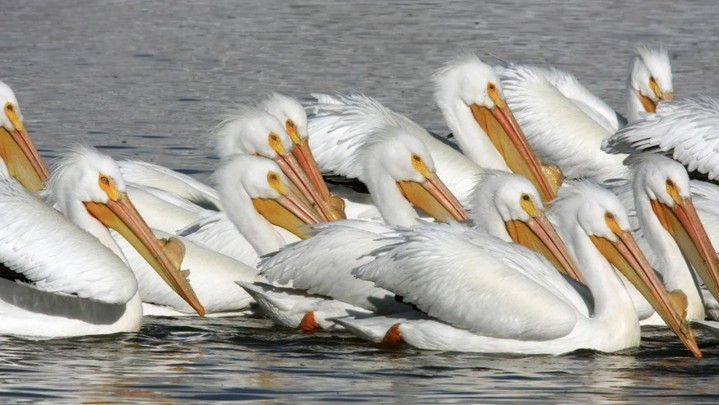- Salt Lake City’s diverse habitats offer a variety of birding opportunities, attracting both novice and experienced birdwatchers.
- The Great Salt Lake is a critical habitat for millions of migratory birds, including American White Pelicans.
- Bird conservation efforts in Salt Lake City are essential for maintaining the ecological balance and supporting biodiversity.
- Utilizing local resources and engaging with birdwatching communities can enhance the birding experience.
- Responsible birdwatching practices contribute to the conservation of bird species and their natural habitats.
Salt Lake City has long been a magnet for bird enthusiasts. Its unique geographical location, surrounded by a mosaic of habitats, affords a rich tapestry of birding opportunities. From salt flats and marshes to rugged mountains and serene urban parks, this region attracts both the seasoned birder and those new to the pursuit. Let’s unfold what makes this area one of the top birding spots.
The ecological variety of Salt Lake City’s landscapes is truly remarkable. The Great Salt Lake, a vital feature of the region, provides critical breeding, nesting, and foraging grounds for a spectrum of bird species. During peak migration periods, millions of birds convene here. Notably, the American White Pelican finds a seasonal home in this vast saline lake. With their expansive white wingspans accented by black tips, these pelicans are a sight to behold as they glide gracefully across the water’s surface.
The significance of the Great Salt Lake extends beyond its visual appeal. It supports an astonishing volume of avian life due to its abundant food resources. Brine shrimp and other aquatic invertebrates thrive in its waters, nourishing a variety of bird species. This natural abundance underscores the lake’s contribution to global biodiversity and highlights the need for vigilant conservation practices.
Bird conservation within Salt Lake City and its surrounding areas is crucial. The success of conservation efforts depends heavily on public awareness and engagement. By implementing and supporting initiatives that protect bird habitats, ensure clean water, and monitor bird populations, residents play an active role in ecological stewardship. Organizations that work in tandem with governmental agencies focus on preserving the environmental conditions essential for avian life.
Engaging in birdwatching activities also builds a bridge between people and nature. Salt Lake City is home to numerous birdwatching clubs and organizations that welcome both enthusiasts and newcomers. Joining these groups can provide valuable resources, such as guides to local species, birdwatching tours, and educational workshops. Networked communities of birdwatchers share insights and alerts about rare sightings, enhancing the overall birding experience and fostering a sense of joint purpose.
As with any outdoor activity, responsible practices are vital when birdwatching. Observers are encouraged to minimize disturbance to avian populations by refraining from leaving designated paths, maintaining quietness, and avoiding close proximity to nests or roosting sites. Such measures ensure that bird habitats remain undisturbed and sustainable. Observing ethical guidelines not only helps secure the welfare of bird species but also enriches the experience by allowing birds to exhibit natural behaviors undisturbed.
Each birding trip to Salt Lake yields new experiences and discoveries. By leveraging local resources, engaging with conservation groups, and practicing ethical observation techniques, one contributes to a broader understanding and preservation of this region’s avian diversity. For those looking to explore birding in Salt Lake, the ecological richness and community involvement offer an unforgettable and impactful journey.
*****
Source Description
Looking for the best places to go birding in Salt Lake? Check out this article on forbes.com. You may recognize some familiar places!
Article is linked in our bio.
Image is of a flock of American White Pelicans swimming, from the article credited GETTY images.


